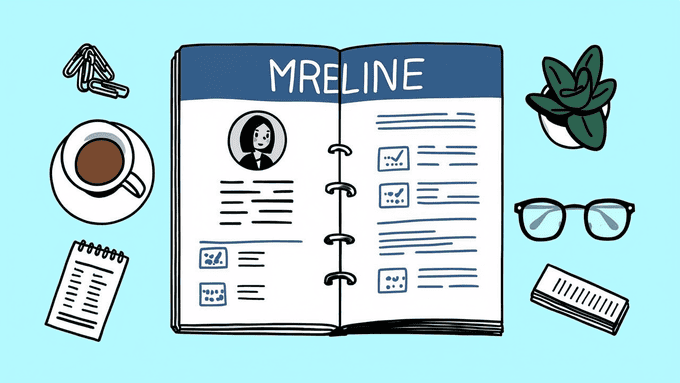Architect Resume Guide and Example

Summary
This guide provides a comprehensive approach to crafting an effective architect resume that stands out in a competitive job market. It emphasizes the importance of a compelling resume that showcases creativity, accuracy, and professional achievements to attract the attention of hiring managers.
Step-By-Step Guide to Write Your Architect Resume
1. Format Your Architect Resume
Adopt the widely-recognized chronological format, focusing on your work history. Ensure your resume is well-organized, concise, and within one page unless you have extensive experience. Utilize headers, appropriate font sizes, and professional fonts, and save your resume as a PDF for compatibility.
2. List Your Contact Details
Include your name, professional title, phone number, email, location, and any relevant online portfolio or website links. Double-check for accuracy to ensure recruiters can easily contact you.
3. Write an Architect Resume Summary or Resume Objective
Craft a resume profile that serves as an elevator pitch, highlighting your experience, achievements, skills, and career goals. Choose between a resume summary or objective based on your work experience level.
4. Make Your Work Experience Stand Out
List your work experience in reverse chronological order, focusing on achievements and quantifiable results. Prioritize accomplishments over responsibilities to differentiate yourself from other candidates.
5. List Your Education The Right Way
Start with your highest degree, including university name and location, and the years attended. Mention any relevant academic achievements to enrich your resume.
6. List Your Architecture Skills
Include both hard and soft skills relevant to the architecture field and the specific job you're applying for. Tailor your skills list to match the job description.
7. Take Advantage of Additional Sections
If space allows, add sections such as "Notable Projects," "Conferences," "Awards and Certifications," and "Languages" to further showcase your professionalism and passion for architecture.
8. Pair Your Architect Resume With a Cover Letter
A cover letter complements your resume by elaborating on your skills, achievements, and any other relevant qualifications not mentioned in the resume. Personalize it, highlight your strengths, and end with a memorable closing and call to action.
Key Takeaways
- Choose the chronological format for your architect resume.
- Write a compelling resume summary or objective to capture attention.
- Focus on achievements in the work experience section.
- Include industry-relevant skills tailored to the position.
- Utilize additional sections to stand out and diversify your resume.
- Always include a cover letter with your application package.
By following these guidelines, you can create an architect resume that effectively showcases your skills and experiences, increasing your chances of landing an interview.